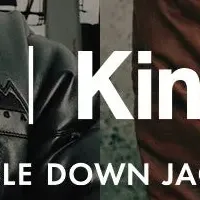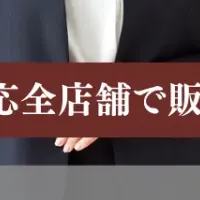
Exploring the $32 Trillion Opportunity: Meeting Women's Needs in Marketplace
Exploring the $32 Trillion Opportunity
Recent research from the Boston Consulting Group (BCG) has unveiled a striking gap in the marketplace for products and services tailored specifically for women. With women managing an astounding $32 trillion in global spending and projected to control 75% of discretionary spending within the next five years, it is clear that this demographic represents a crucial market segment that remains largely underserved.
Survey Insights
The research conducted by BCG X involved a global survey of nearly 15,000 respondents across 12 countries, with a significant majority being women. The findings indicate a palpable dissatisfaction among women regarding the availability of consumer goods, financial services, and healthcare offerings designed for their unique needs.
Beth Viner, managing director at BCG X, states, “This is a wake-up call for businesses across health care, financial services, and consumer goods.” Despite women being the primary drivers of household spending, their needs are largely overlooked, leaving companies with tremendous untapped potential for growth by developing women-focused products and services.
Addressing Healthcare Needs
Women overwhelmingly report making health care decisions in their households; however, only 41% feel that adequate services are available to meet their specific health needs. The survey revealed concerning ratings for medical treatment experiences, with only 44% satisfied with medical care and just 37% with their interactions with health insurers. The study emphasized the importance of understanding care attributes that matter most to women, including quality care, timely appointments, affordability, convenient service locations, and fair treatment.
Financial Services Considerations
In the realm of financial services, the report highlights that women contribute approximately $5 trillion to the global wealth pool annually. However, women express greater concern than men regarding the financial implications of significant life events. Differences in financial confidence are notable, with women across various age demographics reporting less confidence than their male counterparts in managing finances, underscoring the need for financial services to cater to women's specific life stages, needs, and uncertainties.
Consumer Products Evaluation
Consumer products, while faring slightly better in the survey, still fall short of fully meeting women's expectations, with favorable ratings hovering around 65% for the top sectors like grocery and beauty products. Notably, women in the U.S. are willing to pay a premium for high-quality clothing and safe fitness products, indicating a strong market demand for improved offerings.
Strategic Recommendations
To bridge these gaps, BCG's report outlines three critical elements companies should focus on:
1. Desirability: Businesses must assess whether their products address unmet functional or emotional needs that women have.
2. Viability: It is essential for companies to create a robust business model that economically supports the introduction of new women's products and services.
3. Feasibility: Organizations need to ensure they can effectively launch these products into the market while demonstrating their practicality in meeting women's needs.
Alex Friedman, coauthor of the report, points out the importance of representation within organizations, emphasizing the need for women's perspectives at all levels, especially in leadership roles. This representation allows companies to better understand and address the unique needs of women in the marketplace.
Conclusion
The findings of this research present a clarion call for businesses looking to seize a substantial opportunity within the $32 trillion market. By aligning their offerings more closely with the needs of women, companies can not only bolster their market viability but also cultivate lasting customer loyalty. With the right strategies, the potential for growth in women-focused products and services is enormous, beckoning organizations to innovate and adapt in a way that empowers and respects their female consumers.
Topics Consumer Products & Retail)










【About Using Articles】
You can freely use the title and article content by linking to the page where the article is posted.
※ Images cannot be used.
【About Links】
Links are free to use.